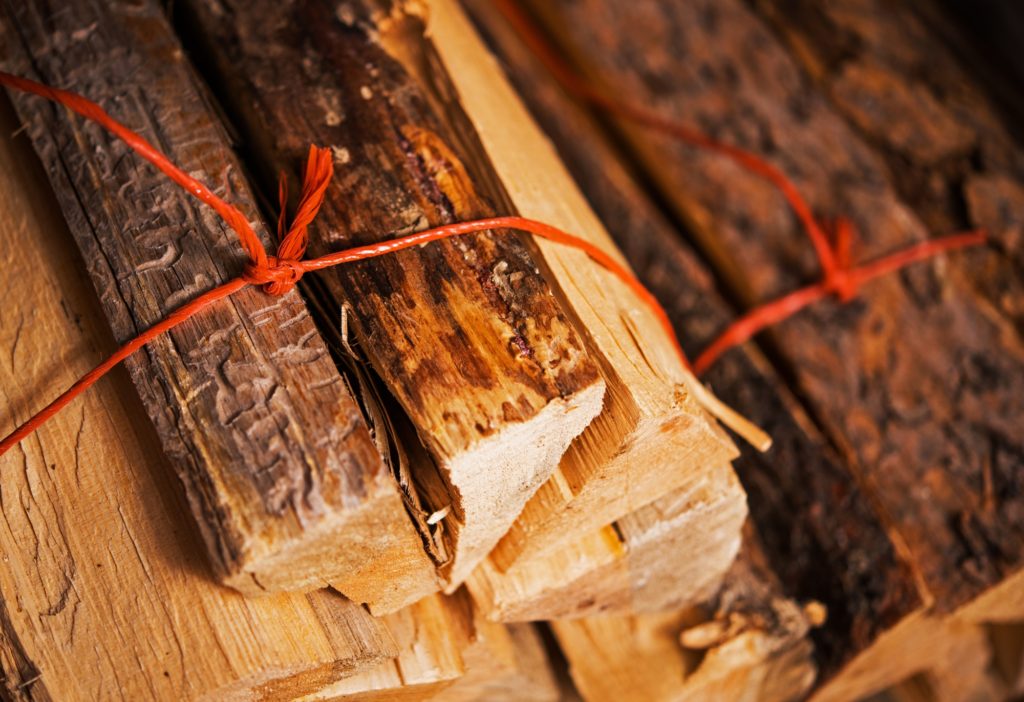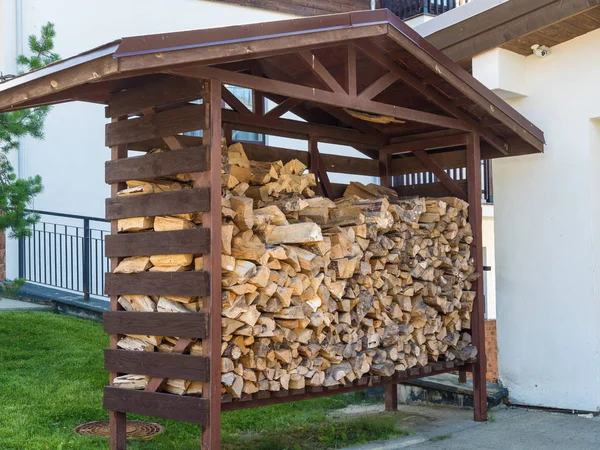How to Properly Season Firewood for Your Fireplace or Stove
Are you tired of struggling to start a fire in your fireplace or stove? Are you constantly dealing with excessive smoke, poor heat output, inefficient burning, and creosote buildup? the key to a successful and enjoyable fire lies in properly seasoned firewood. In this guide, we will walk you through the process of how to properly season firewood to ensure you get the most out of your fireplace or stove. By understanding the importance of seasoning and following the steps we outline, you’ll be well on your way to cozy evenings by the fire. Let’s dive in!
Why Seasoning Firewood Matters?
Seasoning firewood refers to the process of drying out the wood before it is burned. Freshly cut or “green” wood contains a high moisture content, which prevents it from burning efficiently. When you attempt to burn green wood, you will notice excessive smoke, difficulty starting and maintaining a fire, and a lack of heat output. This is because a significant amount of energy is wasted on evaporating the moisture within the wood.
By properly seasoning firewood, you remove the excess moisture, making it easier to ignite and burn. Seasoned firewood provides several benefits:
- Improved Burning Efficiency: Seasoned firewood burns hotter and more efficiently than green wood. It ignites easily and produces a steady flame, resulting in consistent heat output.
- Reduced Smoke and Creosote: Green wood produces more smoke and releases harmful creosote, a black, tar-like substance that can build up in your chimney. Seasoned firewood reduces smoke production and minimizes the risk of creosote buildup, improving indoor air quality and reducing the risk of chimney fires.
- Longer Burn Time: Properly seasoned firewood burns longer than green wood. This means you can enjoy a longer-lasting fire, reducing the need for constant refueling.
Now that we understand the importance of properly seasoned firewood, let’s explore the step-by-step process to achieve optimal results.

Step 1: Choosing the Right Wood
Not all types of wood are suitable for seasoning and burning. Some woods, like pine, contain high levels of resin, which can cause excessive smoke and create creosote deposits. It’s best to choose hardwoods such as oak, maple, birch, or ash for seasoning firewood. Hardwoods have a higher density and lower moisture content, making them ideal for efficient burning.
Step 2: Cutting and Splitting the Wood
Once you have selected the appropriate wood, it’s time to start preparing it for seasoning. Follow these guidelines:
- Cut the Wood to the Right Size: For optimal seasoning, the length of the logs should be around 16 inches, as this allows for proper airflow during the drying process.
- Split the Wood: Splitting the wood into smaller pieces exposes more surface area to the air, accelerating the drying process. Aim for splits that are no wider than 6 inches.

Step 3: Stacking and Storing the Wood
Now that your wood is cut and split, it’s time to stack and store it properly. Follow these tips:
- Choose a Well-Ventilated Location: Find a spot that allows for good air circulation. Avoid stacking the wood directly against a wall or on the ground to prevent moisture buildup.
- Elevate the Wood: Place the wood on pallets or logs to keep it off the ground. This prevents moisture absorption from the soil.
- Stack the Wood Loosely: Arrange the split wood in a loose stack, alternating the direction of each layer. This promotes airflow and speeds up the drying process.
- Cover the Top: Protect the top of the stack from rain and snow by using a tarp or a purpose-built firewood cover. Leave the sides open to allow for ventilation.
Step 4: Patience and Time
Seasoning firewood is not an overnight process. It requires patience and time to allow the wood to dry thoroughly. In general, firewood should be seasoned for a minimum of six months, but a full year is even better. During this time, make sure to monitor the moisture content periodically. You can use a moisture meter to check the levels and ensure the wood is ready for burning.

Ready to enjoy a cozy fire?
Request an estimate now and get your chimney inspected today!
Request an EstimateFAQ about how to season firewood for your fireplace
Q: How can I tell if the firewood is properly seasoned?
A: Properly seasoned firewood will have a moisture content of around 20% or lower. You can use a moisture meter to check the moisture levels.
Q: Can I burn green wood if I have no seasoned firewood available?
A: It is not recommended to burn green wood, as it will result in poor combustion, excessive smoke, and creosote buildup. It’s best to wait until you have properly seasoned firewood.
Q: Can I season firewood indoors?
A: Seasoning firewood indoors is not recommended. The drying process releases moisture into the air, which can cause high humidity levels and potential damage to your indoor environment.
Q: What is the best time to start seasoning firewood?
A: The best time to start seasoning firewood is during the spring or summer months. This allows for ample time for the wood to dry before the colder seasons when you’ll need it most.
Q: Can I use a firewood rack for stacking and storing the wood? A: Yes, using a firewood rack is a convenient option for stacking and storing firewood. It keeps the wood off the ground and allows for proper airflow.
Properly seasoning firewood is a crucial step in ensuring a satisfying and efficient fire in your fireplace or stove. By selecting the right wood, cutting and splitting it to size, and following proper stacking and storage techniques, you’ll be rewarded with firewood that ignites easily, burns efficiently, and provides ample warmth. Remember to exercise patience and allow sufficient time for the wood to dry thoroughly. So, why wait? Request an estimate now and get started on your journey to cozy evenings by the fire!
